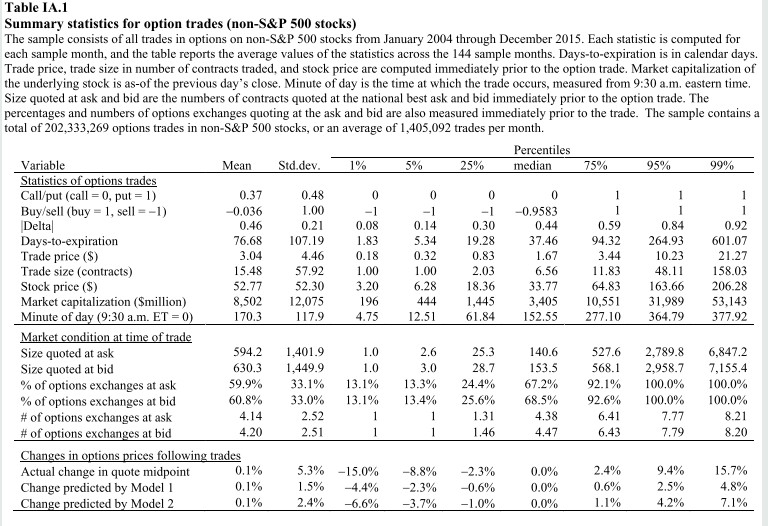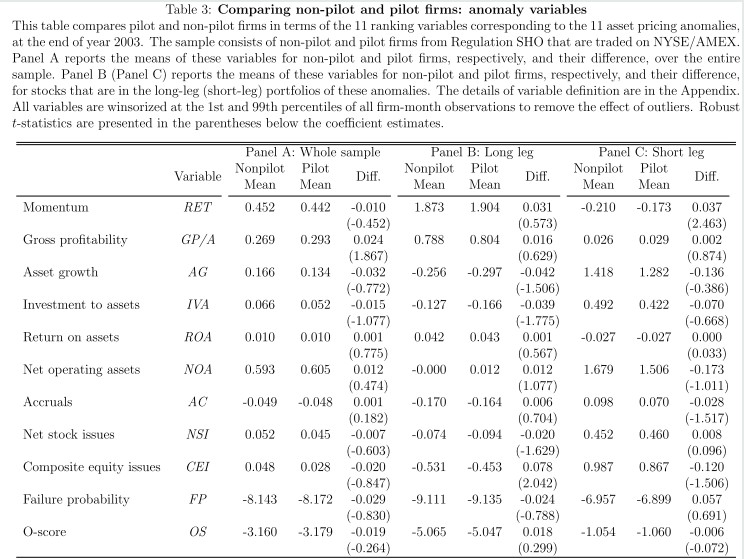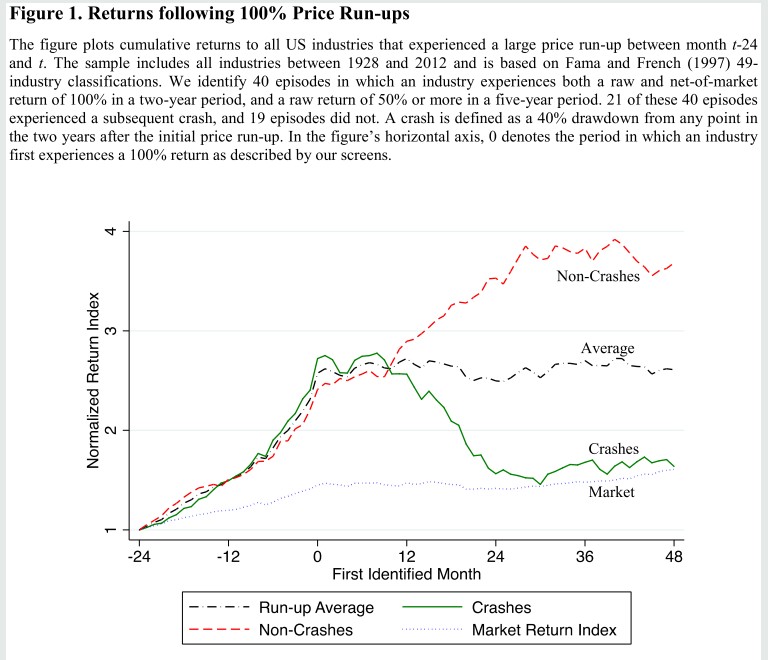
New SSRN papers, January 2021
(I haven't read these yet, but they have abstracts that look interesting.)
Law of One Price in Equity Volatility Markets
papers.ssrn.com/sol3/papers.cf…
Peer Momentum
papers.ssrn.com/sol3/papers.cf…
December 2020 edition:
(I haven't read these yet, but they have abstracts that look interesting.)
Law of One Price in Equity Volatility Markets
papers.ssrn.com/sol3/papers.cf…
Peer Momentum
papers.ssrn.com/sol3/papers.cf…
December 2020 edition:
https://twitter.com/ReformedTrader/status/1333830630962987008
On Systematic Skewness and Stock Returns
papers.ssrn.com/sol3/papers.cf…
Rivals’ Returns
papers.ssrn.com/sol3/papers.cf…
Intangible Value
papers.ssrn.com/sol3/papers.cf…
Is There a Value Premium in Cryptoasset Markets?
papers.ssrn.com/sol3/papers.cf…
papers.ssrn.com/sol3/papers.cf…
Rivals’ Returns
papers.ssrn.com/sol3/papers.cf…
Intangible Value
papers.ssrn.com/sol3/papers.cf…
Is There a Value Premium in Cryptoasset Markets?
papers.ssrn.com/sol3/papers.cf…
Salience Theory and the Cross-Section of Stock Returns: International and Further Evidence
papers.ssrn.com/sol3/papers.cf…
Cross-section of Industry Equity Returns and Global Tactical Asset Allocation across Regions and Industries
papers.ssrn.com/sol3/papers.cf…
papers.ssrn.com/sol3/papers.cf…
Cross-section of Industry Equity Returns and Global Tactical Asset Allocation across Regions and Industries
papers.ssrn.com/sol3/papers.cf…
Cross-Section of Risk-Taking and Asset Prices
papers.ssrn.com/sol3/papers.cf…
Asset Growth Effect and Q Theory of Investment
papers.ssrn.com/sol3/papers.cf…
Nonfinancial Value of Financial Firms
papers.ssrn.com/sol3/papers.cf…
papers.ssrn.com/sol3/papers.cf…
Asset Growth Effect and Q Theory of Investment
papers.ssrn.com/sol3/papers.cf…
Nonfinancial Value of Financial Firms
papers.ssrn.com/sol3/papers.cf…
COVID-19, Lockdowns and Herding Towards Cryptocurrency Market Specific Implied Volatility Index
papers.ssrn.com/sol3/papers.cf…
On Cryptocurrencies as an Independent Asset Class: Long-Horizon and COVID-19 Pandemic Era Decoupling from Global Sentiments
papers.ssrn.com/sol3/papers.cf…
papers.ssrn.com/sol3/papers.cf…
On Cryptocurrencies as an Independent Asset Class: Long-Horizon and COVID-19 Pandemic Era Decoupling from Global Sentiments
papers.ssrn.com/sol3/papers.cf…
Algos Gone Wild: What Drives the Extreme Order Cancellation Rates in Modern Markets?
papers.ssrn.com/sol3/papers.cf…
Board Structure and the Volatility of Volatility
papers.ssrn.com/sol3/papers.cf…
papers.ssrn.com/sol3/papers.cf…
Board Structure and the Volatility of Volatility
papers.ssrn.com/sol3/papers.cf…
Detecting Intra-Day Jumps in Stock Prices with High-Frequency Option Data
papers.ssrn.com/sol3/papers.cf…
Implied Dividend Volatility and Expected Growth
papers.ssrn.com/sol3/papers.cf…
papers.ssrn.com/sol3/papers.cf…
Implied Dividend Volatility and Expected Growth
papers.ssrn.com/sol3/papers.cf…
Modeling Corporate Bond Returns (AQR)
papers.ssrn.com/sol3/papers.cf…
Corporate Credit Default Swap Systematic Factors
papers.ssrn.com/sol3/papers.cf…
papers.ssrn.com/sol3/papers.cf…
Corporate Credit Default Swap Systematic Factors
papers.ssrn.com/sol3/papers.cf…
Option to Stock Volume Ratio and Future Returns
papers.ssrn.com/sol3/papers.cf…
papers.ssrn.com/sol3/papers.cf…
Small and Larger Firms Over the Business Cycle
minneapolisfed.org/research/wp/wp…
minneapolisfed.org/research/wp/wp…
Option Return Predictability
papers.ssrn.com/sol3/papers.cf…
papers.ssrn.com/sol3/papers.cf…
Equity Volatility Term Premia
papers.ssrn.com/sol3/papers.cf…
papers.ssrn.com/sol3/papers.cf…
Misery on Main Street, Victory on Wall Street: Economic Discomfort and the Cross-Section of Global Stock Returns
papers.ssrn.com/sol3/papers.cf…
papers.ssrn.com/sol3/papers.cf…
• • •
Missing some Tweet in this thread? You can try to
force a refresh




























